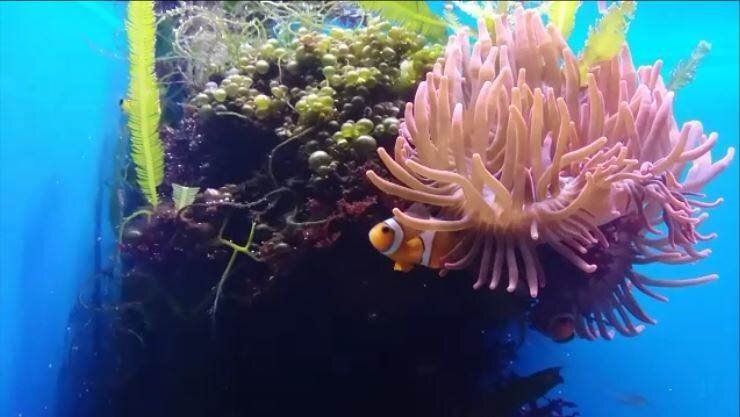The colorful Clownfish lives longer than 20 years in the aquarium. Researchers of the Scuola Normale Superiore in Pisa, Italy, in collaboration with the Leibniz Institute on Aging (FLI) in Jena, Germany, have investigated the genetics behind the longevity of clownfish. By sequencing the genome and comparing the sequences with other species, they were able to show, that the secret of this longevity lies in the mitochondria and lysosomes of the clownfish. Because it is uncomplicated to keep and breed clownfish, they represent an interesting new animal model for research on longevity. The results are now published in the journal BMC Evolutionary Biology.
Clownfish, famous because of the Disney movie “Finding Nemo,” are a bright orange-white-black colored fish with three vertical stripes, which occur in the western Pacific and Indian Oceans. Clownfish live in symbiotic relationship with sea anemone. They are reliant on sea anemone for shelter in their natural habitat, which offer protection for the fish with its tentacles. The Clownfish’s mucus protection prevents it from being stung by the tentacles of the sea anemone. Thanks to this survival strategy, clownfish have a lower mortality rate than other fishes and can grow quite old. Until now there was not much known about the lifespan of this interesting sea dweller.
